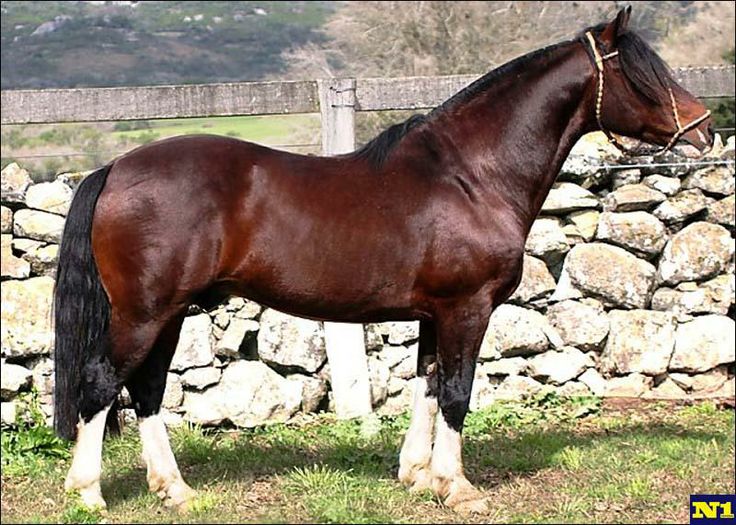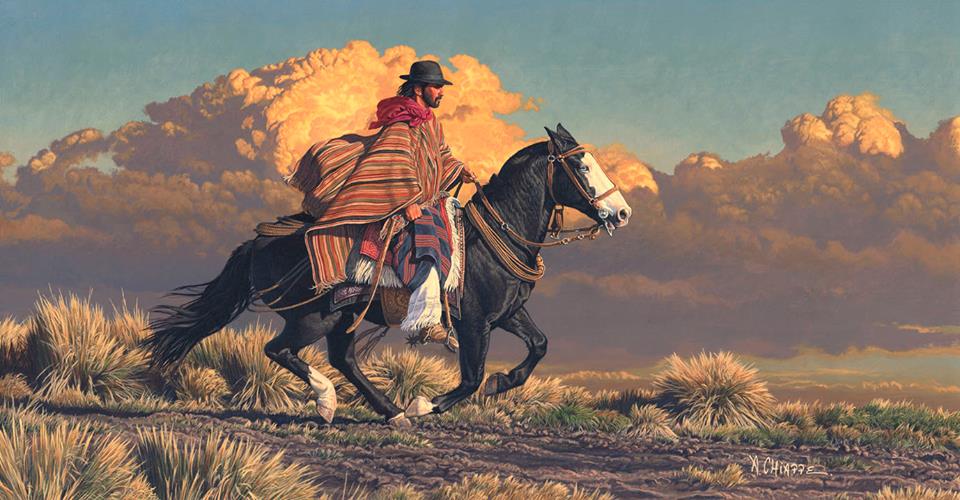RIO DE JANEIRO, BRAZIL – Have you heard about the Criollo Horse? The horse of the Argentinian, Brazilian, and Uruguayan cow-boy, called “Gaucho” or “Paisano”? This amazing horse is part of the culture of many countries in South America.
The Brazilian Association of Criollo Horse Breeders (ABCCC) points out an increase of almost 40% in definitive registrations of animals of the breed in the last 12 months. The result brings optimism to the group mainly in comparison with the year 2020, when the numbers dropped because of the Covid-19 pandemic.
Currently, in Brazil, the total number of animals of the criollo breed reaches 460 thousand. The Association also highlighted an increase in the number of businesses involving the animals and, especially, in the establishments that registered the birth of their own specimen in 2021.

HISTORY OF THE CRIOLLO BREED
The South American breeds originate from the old Andalusian horse brought by the Spanish conquerors. A breed of great strength and hardiness, they quickly adapted to the harsh conditions of the new geography and since the beginning of the Conquest, were determinant in the war against the ‘naturals’.
The colonization and formation of new nations and cultures would not have been possible without the use of these horses. The Criollo horse made the Americas possible.
Garcilaso de la Vega, the Peruvian writer -a descendant of a Spanish Captain and an Inca princess- wrote: “My land was conquered by horse… The breeds of horses of all kingdoms and provinces of the Indies discovered by the Spanish after 1492 and until the present, descend from Spanish mares and horses, namely from Andalusia.”
A few years after the discovery of the Americas, the horse farms established in la Hispaniola, Cuba and Central America provided excellent animals that were used in the conquest war of the Aztec Empire.
Also for the ‘incursions’ the Spanish adventurers made to Peru, Quito, Chile, Tucuman, and what would later become the Viceroyalty of La Plata and other South American lands.

ABILITIES OF CRIOLLOS
Criollo’s abilities were developed and improved in its homelands, particularly in Argentina, Brazil, Uruguay, and Paraguay, which share the common culture of “Pampa”, over which reigns the gaucho or “paisano” and its horse the “Criollo”.
In its countries of origin, the Criollo is mostly used as a working horse. The gaucho in Argentina, Uruguay, and Southern Brazil uses the Criollo to achieve all the daily tasks required by a geographically extended “ estancia” (ranch in South America), and most particularly transportation, cattle care, and sorting.
The Criollo was selected and is now well known for its cow sense, its great handling, and its recovery abilities and resistance.
Indeed, it is able to work all day long and walk considerable distances with cattle, like over hundreds or thousands of acres. It is also popular for its incredible hardiness that allows him to work hard and be in good shape eating the grass of the pampa.

